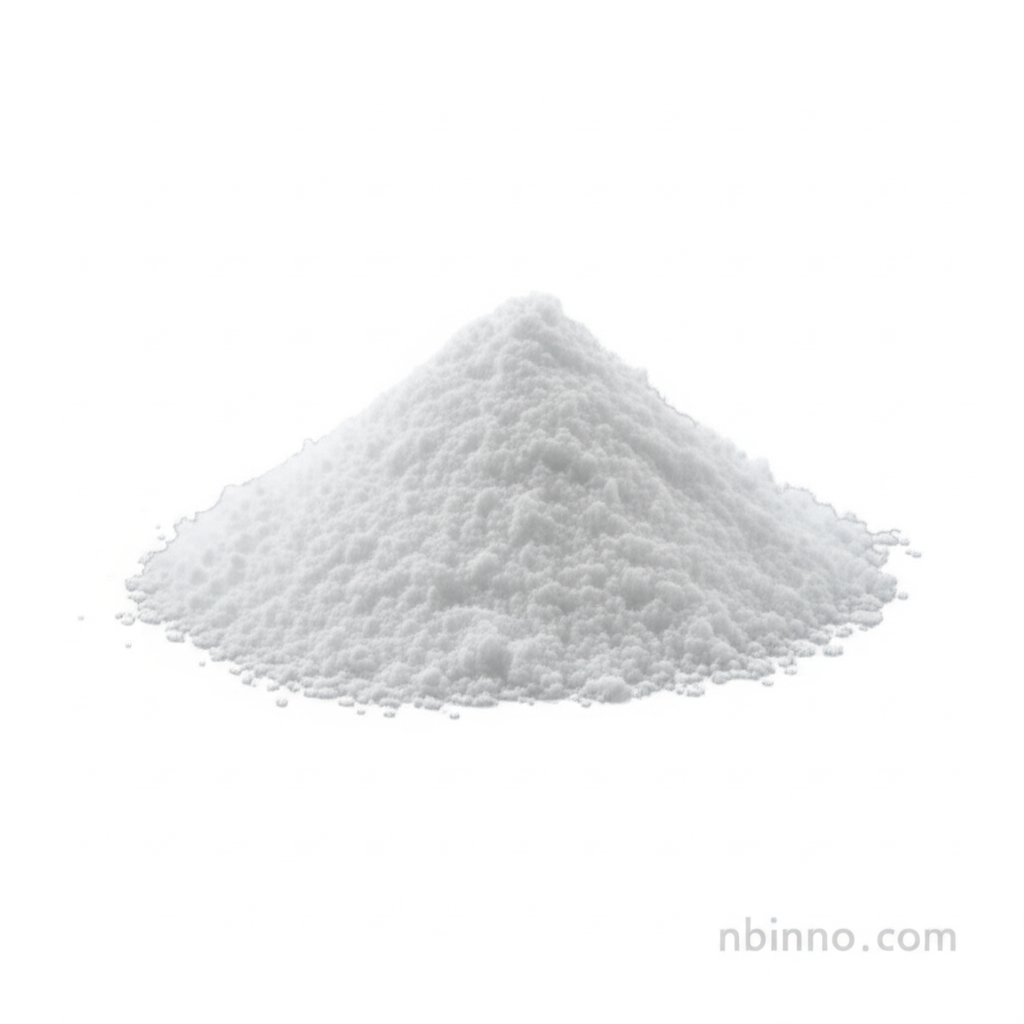Unlock the Potential of 2-Chloro-1,3-dimethylimidazolidinium hexafluorophosphate (CIP)
Discover the chemical properties, diverse applications, and essential handling information for this critical reagent. Learn why CIP is a favored choice for complex synthesis and explore its role in advancing chemical innovation.
Get a Quote & SampleProduct Core Value

2-Chloro-1,3-dimethylimidazolidinium hexafluorophosphate
As a leading supplier in China, we offer high-purity 2-Chloro-1,3-dimethylimidazolidinium hexafluorophosphate, a versatile reagent crucial for sophisticated organic synthesis and peptide coupling reactions. Its unique chemical structure and reactivity make it an indispensable tool for researchers and manufacturers.
- Explore the nuanced applications of CIP reagent synthesis uses for a wide array of chemical transformations.
- Leverage its capability as a potent peptide coupling reagent, optimizing complex synthesis pathways.
- Understand the physical characteristics, including its white crystalline powder appearance and solubility in organic solvents.
- Benefit from our commitment as a reliable manufacturer in China, ensuring consistent quality and supply.
Key Advantages
Enhanced Reactivity
CIP reagent is known for its efficacy in coupling reactions, particularly with sterically hindered amino acids, which is vital for successful peptide synthesis.
Broad Solubility Profile
Its solubility in common organic solvents like acetonitrile and DMF facilitates its integration into various reaction systems, supporting diverse organic synthesis protocols.
Stability and Storage
Proper storage ensures the longevity of CIP's reactivity, making it a dependable choice for long-term research and development projects.
Key Applications
Peptide Synthesis
The reagent is extensively used in solid-phase and solution-phase peptide synthesis for its efficiency in forming amide bonds, a core component in creating complex peptide structures.
Organic Synthesis
CIP serves as a valuable building block and reagent in various organic synthesis pathways, enabling the creation of intricate molecules for diverse industrial applications.
Electronic Chemicals
As part of the electronic chemicals sector, its precise properties contribute to the development and manufacturing of advanced materials, including photoresist chemicals.
Pharmaceutical Intermediates
Its role extends to being a key intermediate in the synthesis of pharmaceuticals, aiding in the creation of active pharmaceutical ingredients (APIs).
